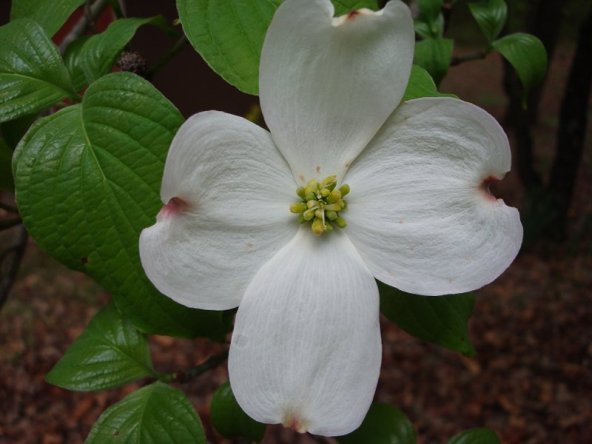Tennessee Springtime
Friday, May 8, 2009
posted by Steve Trout
 Print This Post
Print This Post

It is springtime in East Tennessee. Sometimes the spring seems to turn to summer in a matter of weeks, but this time round it’s been pretty and spring-like through most of March, all of April (while we were hearing of major snowstorms in the Northwest), and so far into May. We have been getting a lot of rain, and everything green is growing as fast as it can. While the dogwoods are no longer blooming, a lot of other things are, and it’s constantly showing me why this is my favorite time of year here. This time of year I often think about this passage from “For the Love of Barbara Allen”:
“It was mornin’ in the mountains and they were both young. You never saw a mornin’ in the spring, in the Cumberlands?”
“I never was in Tennessee,” I answered.
“No, you don’t know anything about it,” he retorted, in the half humerous, half petulant mood of the old. “You’re a post-oak gopher. You never saw anything but sand drifts and dry shinnery ridges. What do you know about mountain sides covered with birch and laurel, and cold clear streams windin’ through the cool shadows and tinklin’ over the rocks? What do you know about upland forests with the blue haze of the Cumberlands hangin’ over them?”
“Nothing,” I answered, yet even as I spoke, there leaped crystal clear into my mind with startling clarity the very image of the things of which he spoke, so vivid that my external faculties seemed almost to sense it — I could almost smell the dogwood blossoms and the cool lush of the deep woods, and hear the tinkle of hidden streams over the stones.
The Cumberland Mountains are somewhat north and west of here, maybe two or three hours drive. The Cumberland River, of which Howard also speaks, winds through them from Kentucky into Nashville. The foothills area where I live has very similar topography, climate and flora to that region. I sometimes wonder how Howard was able to describe a Tennessee mountain spring so well. Surely the reference books of the day could have provided the basic facts, but this almost reads as though Howard had talked to someone who, like the fictional grandfather, actually remembered it. By 1930, the Civil War was only 65 years in the past, and Howard could have found an old-timer who had been part of the large Tennessee to Texas exodus that followed, perhaps part of the last wave. Maybe some of that vivid description could have come from family stories handed down from ancestors who had lived in the Southeast. I can only hope that when I finally make my way through the complete letters, I will perhaps find a clue.
